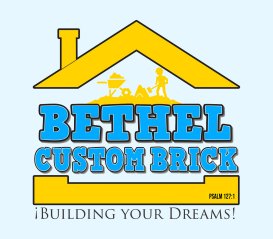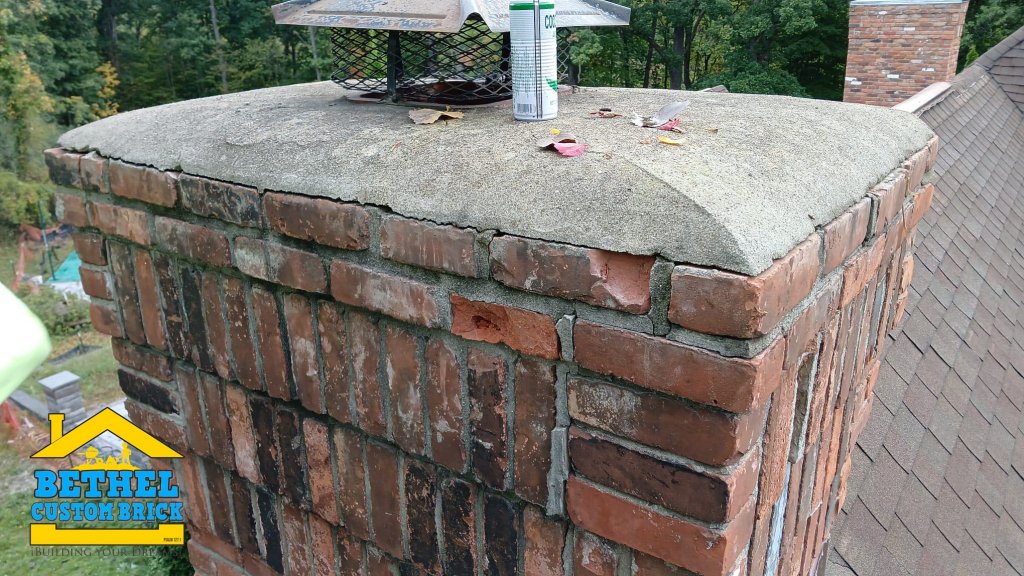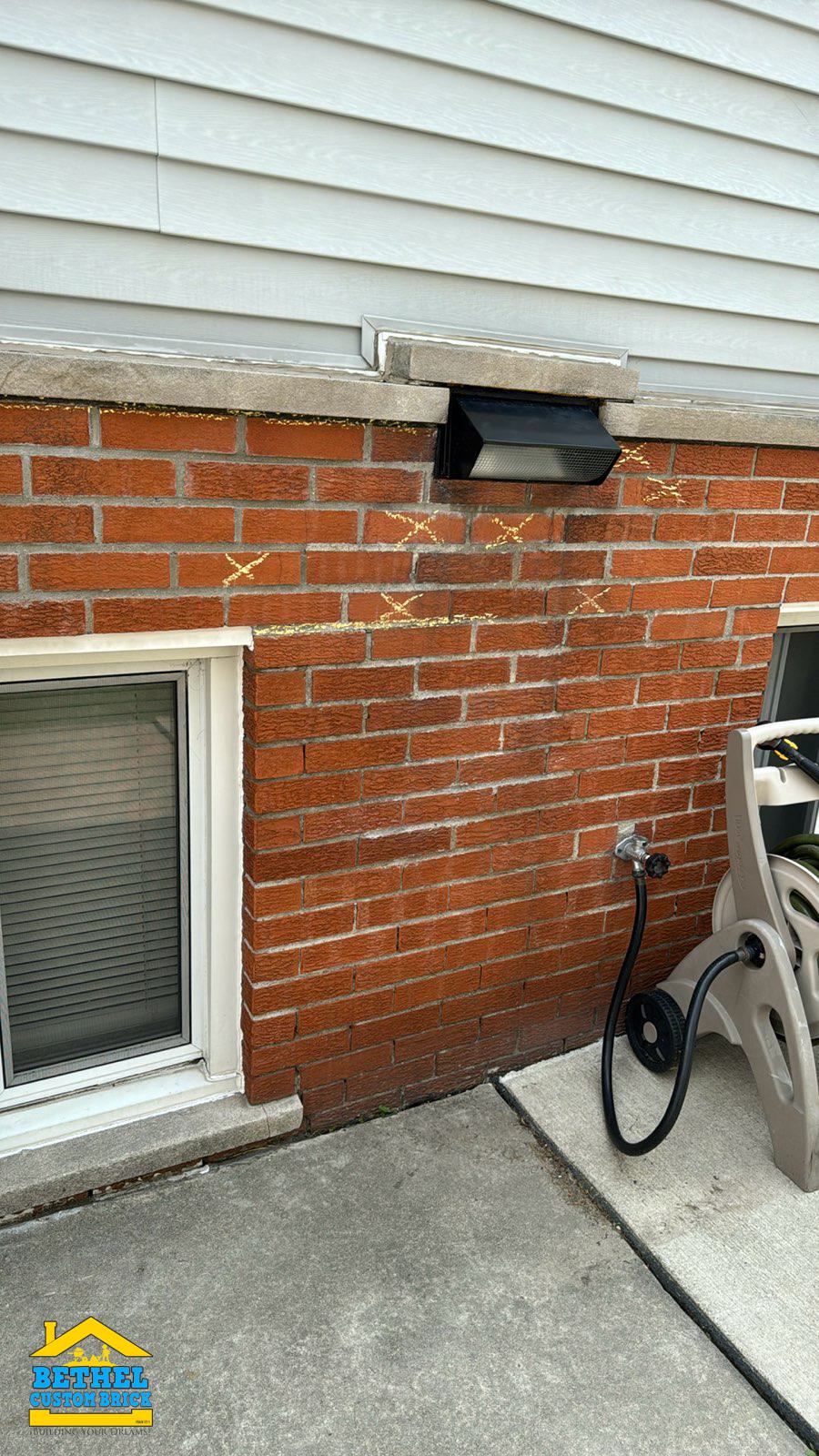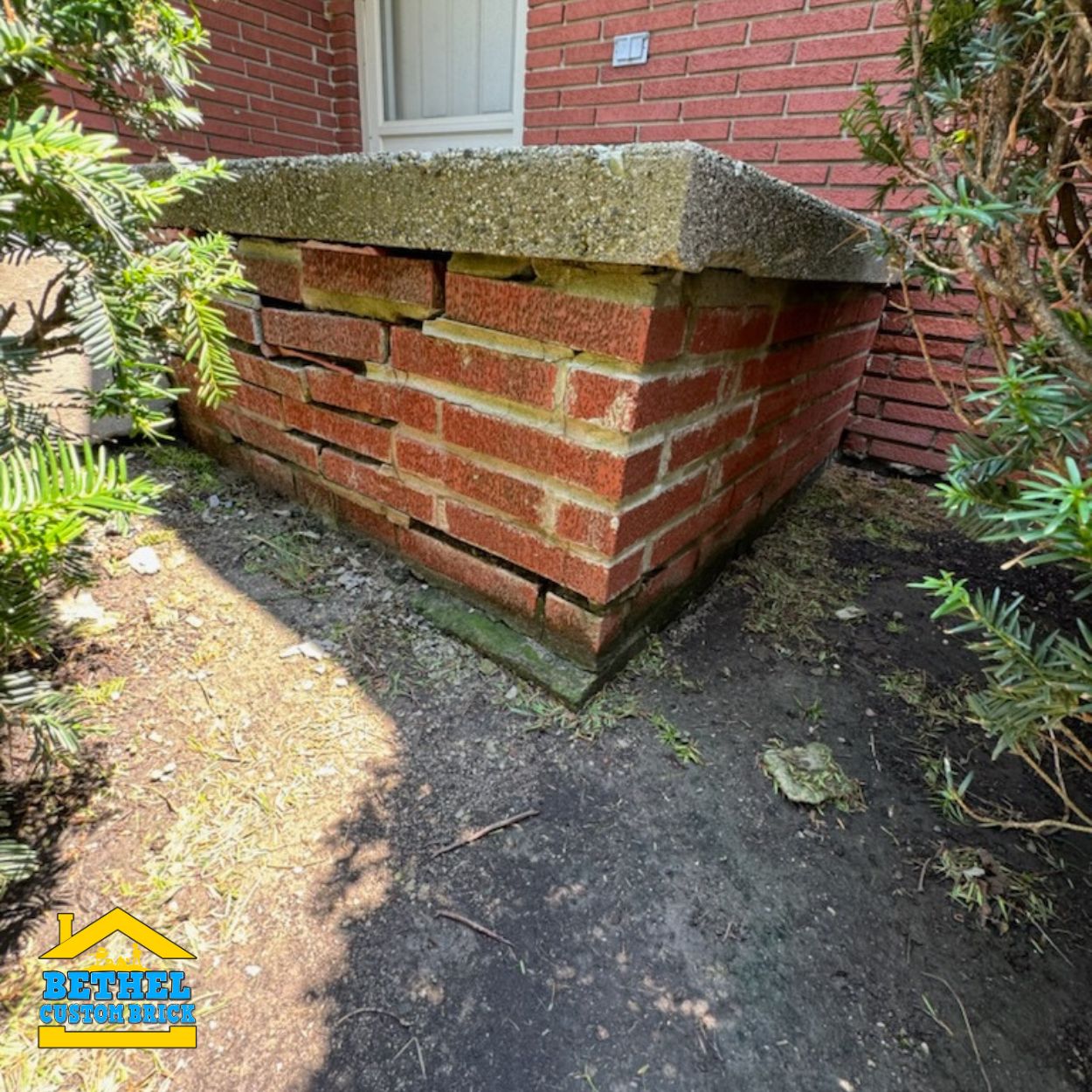Brickwork adds timeless charm and durability to any structure, but even the most robust brick walls require maintenance to keep them looking and functioning their best. One essential masonry service that can enhance the appearance and longevity of brick structures is tuckpointing. In this guide, we’ll explore what brick tuckpointing is, why it’s beneficial, and how to know when your brickwork needs this specialized repair.
What Is Brick Tuckpointing?
Tuckpointing is a masonry repair process in which deteriorated or damaged mortar between bricks is removed and replaced with fresh mortar. Tuckpointing enhances both the aesthetic and structural integrity of brickwork by restoring the joints and providing a clean, finished look.
The term “tuckpointing” can sometimes be confused with general repointing. However, there is a unique aspect to tuckpointing: it involves the application of two colors of mortar to create the appearance of thin, fine joints between bricks. Typically, one color closely matches the color of the bricks to blend seamlessly, while a contrasting color is applied to form thin, precise lines, creating the illusion of tightly set bricks with crisp joints. This technique is often used in decorative brickwork and historic structures, where maintaining the appearance of original craftsmanship is important.
The Benefits of Tuckpointing
Tuckpointing isn’t just about aesthetics—there are practical benefits to this process that contribute to the strength and durability of brick structures. Here’s how tuckpointing can help:
- 1. Restores Structural Integrity: Mortar acts as the bonding agent that holds bricks together, and when it deteriorates, the structure’s stability can be compromised. Tuckpointing reinforces the joints, restoring the structural integrity of the wall and preventing further damage.
- 2. Prevents Water Damage: Gaps, cracks, and weakened mortar can allow water to infiltrate brickwork, which can lead to problems like mold, mildew, and even structural issues if left unchecked. Tuckpointing seals these gaps, preventing moisture from penetrating the wall and protecting your home from water-related damage.
- 3. Extends the Life of the Brickwork: By addressing deteriorated mortar early, tuckpointing helps prevent more extensive and costly repairs down the road. Well-maintained brickwork can last for decades or even centuries, and tuckpointing plays a significant role in preserving its longevity.
- 4. Enhances Aesthetic Appeal: Tuckpointing provides a clean, refined look that can transform the appearance of aging brickwork. By creating thin, sharp mortar lines, it enhances the visual appeal of the structure and restores its original charm.
When Is Tuckpointing Needed?
Not all brick structures need tuckpointing right away. Here are some signs to look out for and situations in which tuckpointing might be necessary:
- 1. Cracked or Deteriorating Mortar: If you notice cracks, crumbling, or gaps in the mortar joints, it’s a sign that the mortar is no longer providing adequate support. Tuckpointing addresses these weak points, reinforcing the structure and preventing further damage.
- 2. Water Infiltration: Water infiltration can be a major issue for brickwork, leading to problems such as efflorescence (white powdery stains), mold, and even internal damage. If you see signs of water infiltration, such as moisture on interior walls or efflorescence on brick surfaces, tuckpointing can help seal out moisture and protect your home.
- 3. Discolored or Stained Mortar: Over time, mortar can become discolored due to weather exposure, pollution, and natural wear. Tuckpointing can restore the fresh look of the mortar, revitalizing the appearance of your brickwork.
- 4. Loose Bricks: If you notice any bricks that feel loose or appear to be shifting, this could indicate that the mortar has significantly deteriorated. Tuckpointing strengthens the joints, ensuring that each brick remains securely in place.
- 5. Aging Brickwork (20+ Years Old): As a general guideline, brick structures that are over 20 years old may benefit from tuckpointing. Even if the mortar appears relatively intact, preventive tuckpointing can help reinforce the structure and extend its lifespan.
- 6. Historic and Decorative Brickwork: For older or historic buildings, tuckpointing can be essential for preserving the original appearance. By matching the original style of the mortar joints, tuckpointing can help maintain the building’s architectural integrity, ensuring that its unique aesthetic remains intact.
The Tuckpointing Process
The tuckpointing process involves several steps, each performed with precision to ensure a strong and seamless finish. Here’s what homeowners can expect:
- 1. Inspection and Preparation: A masonry professional begins by inspecting the brickwork to assess the extent of deterioration. Once evaluated, they remove any damaged or crumbling mortar to prepare for the new application.
- 2. Mortar Removal: Using specialized tools, the mason carefully removes old mortar from between the bricks, ensuring that only the deteriorated mortar is taken out without damaging the surrounding bricks.
- 3. Applying New Mortar: Fresh mortar is applied to the joints, matching the color of the original bricks to blend seamlessly. The mason uses precise tools to create thin, clean lines, adding a second contrasting color to enhance the appearance of tightly set, fine joints.
- 4. Final Touches and Cleanup: Once the mortar has been applied, the mason smooths and shapes the joints to achieve a uniform look. The new mortar is left to cure, and any excess debris is cleaned, leaving the brickwork refreshed and structurally sound.
Choosing a Professional for Tuckpointing
Tuckpointing is a specialized masonry technique that requires skill, precision, and an eye for detail. Hiring a qualified mason with experience in tuckpointing is essential for achieving high-quality results that stand the test of time. A professional will not only ensure a perfect color match and finish but will also use techniques that prevent damage to the existing brickwork.
Final Thoughts
Tuckpointing is an invaluable service for homeowners looking to maintain or restore the beauty and integrity of their brick structures. By reinforcing mortar joints, preventing water infiltration, and enhancing the appearance of your home, tuckpointing offers long-lasting benefits that can protect your investment and improve curb appeal. If you notice any signs of deteriorating mortar or aging brickwork, consider consulting a masonry professional to see if tuckpointing is right for your home.






